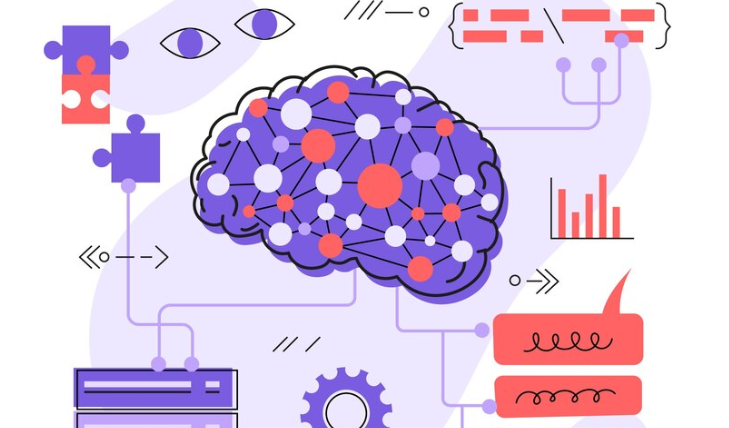What if your apps could dream? Not just run tasks or respond to commands, but imagine, learn, and evolve on their own—independent of your input. While this might sound like science fiction, the concept of dreaming apps is slowly becoming a reality, driven by the convergence of artificial intelligence, ambient computing, and generative design.
Beyond Function: Apps That Imagine
Traditional apps are built to do—calculate, display, notify, remind. But as AI models become more autonomous and context-aware, a new generation of apps is emerging: ones that anticipate needs, create ideas, and simulate possibilities. These are not just tools; they are companions, collaborators, and in some cases, co-creators.
What Does It Mean for an App to “Dream”?
“Dreaming” in this context doesn’t mean sleep-mode. It refers to an app’s ability to:
- Simulate scenarios beyond immediate instructions
- Generate content or solutions autonomously
- Explore alternatives without direct user input
- Develop internal models of user preferences and context
- Evolve behavior through feedback and learning
It’s about proactive intelligence—software that imagines the next step before you ask for it.
Current Examples of Dreaming Apps
1. Creative Generators (e.g., ChatGPT, Midjourney, RunwayML)
These tools don’t just follow rules—they imagine. They can write poems, design posters, or compose music in styles they were never explicitly taught, blending learned patterns into new creations.
2. AI Companions (e.g., Replika, Pi)
These apps simulate personalities that evolve over time. They respond with nuance, ask questions, and reflect moods—not because they’re sentient, but because they’re designed to behave as though they’re “dreaming” of meaningful dialogue.
3. Smart Assistants (e.g., Google Assistant, Apple’s Siri)
The next generation of assistants is leaning toward ambient AI—where your assistant thinks for you. It might remind you to pack an umbrella before you check the weather, or suggest a playlist based on your schedule and mood.
4. Generative Productivity Tools (e.g., Notion AI, Copilot in Microsoft 365)
These apps propose ideas, draft documents, and organize knowledge in ways that go beyond simple templating. They help users think through problems, acting as creative partners.
The Tech Behind the Dream
- Neural Networks: The architecture that powers generative abilities.
- Reinforcement Learning: How apps adapt through feedback, trial, and error.
- Contextual Awareness: Through sensors, location data, and usage patterns.
- Synthetic Memory: Storing user interaction patterns to simulate long-term behavior.
Challenges of Dreaming Apps
1. Privacy and Trust
Apps that think ahead often require deep access to personal data. Managing consent and maintaining transparency is vital.
2. Bias and Hallucination
Generative models can “dream” up content that’s inaccurate or inappropriate. Guardrails are needed to avoid harmful or misleading outputs.
3. Dependency
As apps become more autonomous, users may grow too reliant, losing skills or awareness in areas the app takes over.
4. Ethics and Identity
At what point does a dreaming app become a digital persona? And what responsibilities do developers have for how these personas interact with users?
Designing for a Dreaming Future
Creating apps that dream requires rethinking UI/UX design, development practices, and user expectations. Designers must balance intuition and imagination with control and safety. A dreaming app should:
- Inspire, not overwhelm
- Support, not replace
- Learn, but also listen
Conclusion: Toward a More Imaginative Software
Apps that dream are not just a leap in technology—they are a philosophical shift in how we relate to software. They are reflections of our own creativity and curiosity, mirrored in code. As they evolve, these apps challenge us to ask: What do we want our tools to become? And maybe more importantly—what kind of dreamers do we want them to be?


